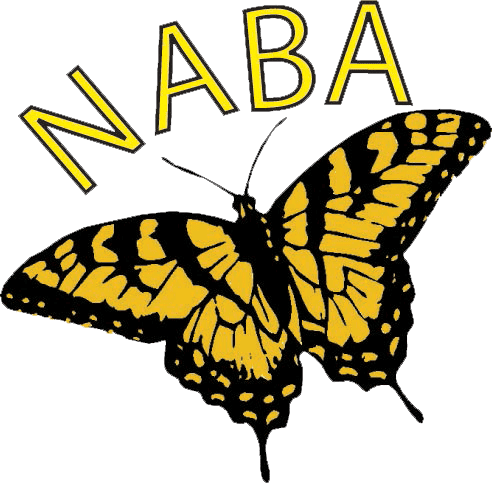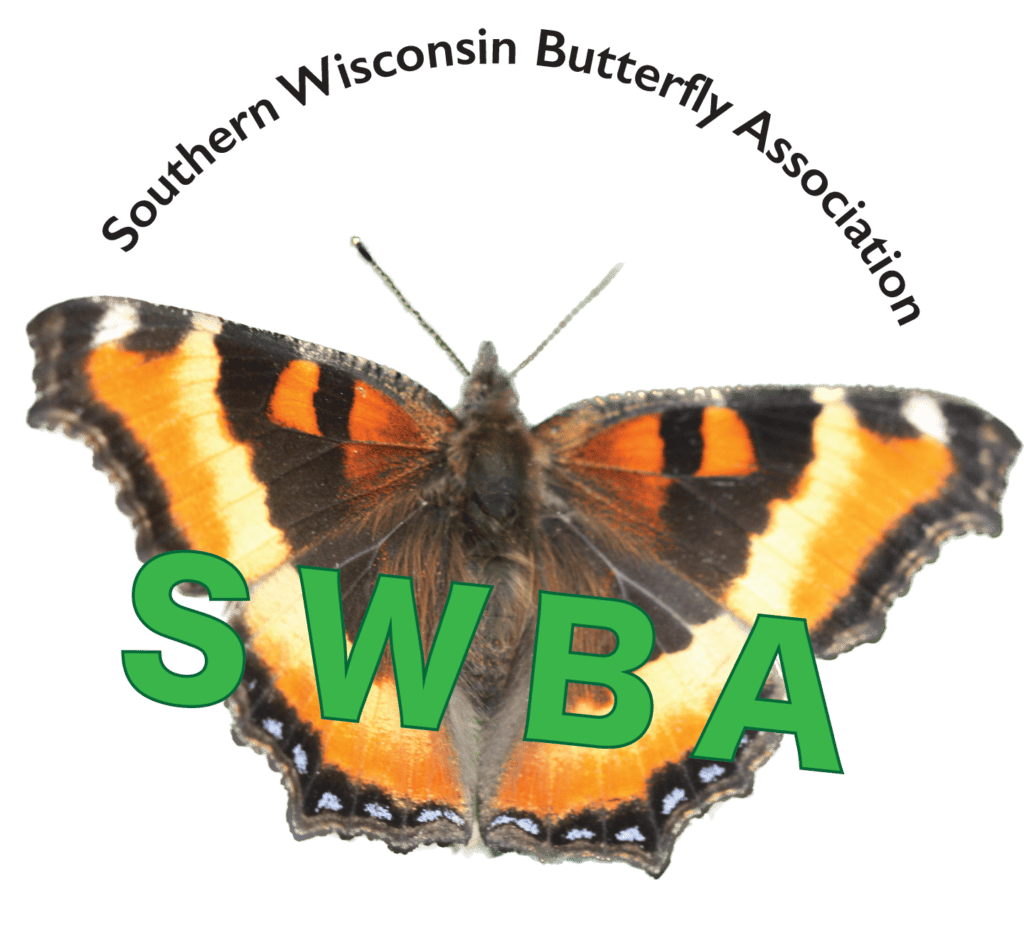
Interested in Butterflies and their Futures in the Badger State? Get active with SWBA, the Southern Wisconsin Butterfly Association!
Formed in August 2006 as a chapter of the North American Butterfly Association (NABA), the Southern Wisconsin Butterfly Association (SWBA) is a community of butterfly enthusiasts who enjoy learning more about butterflies through field trips, lectures, and classes, and help conserve butterflies and their habitats. All our activities are free and open to the public. We hope you can join the Southern Wisconsin Butterfly Association!
To check Wisconsin butterfly sightings or to report your own, please visit
Field Trips–Keep your eyes posted here for 2024 field trips
Please consider registering for field trips. Then we can contact you if a trip is postponed or canceled.
| LOCATION–Click to download details! | DATE AND TIME | COUNTY | TRIP LEADERS (IF HIGHLIGHTED, YOU CAN CONTACT) | Register |
| Spring Green Preserve 2024 | Sunday, April 28, 10am to Noon | Sauk | Mike Reese, Becky Abel and Emma Rasch | Here |
| Catholic Ecology Center 2024 | Saturday, May 25, 10am to Noon | Dodge | Donna Williams-Richter and Ethan Brown | Here |
| Periodic Cicada Trip 2024 | June 1 or June 8 | Walworth | Pat Fojut | Here |
| Pleasant Valley Conservancy 2024 | Saturday, June 15th, 10am to Noon | Dane | Douglas Buege and Kathie Brock | Here |
| Cherokee Marsh Northern Unit 2024 | Saturday, June 22, 10am to Noon | Dane | Tod Highsmith and Dreux Watermolen | Here |
| Sandhill Wildlife Area 2024 Construction! | Saturday, July 6, 10am to 3pm | Wood | Ron Arnold | NA |
| Shea Prairie 2024 | Sunday, July 14, 10 am to Noon | Iowa | Donna Williams-Richter | NA |
| Fair Meadows Sanctuary 2024 | Sunday, July 21, 10am to Noon | Rock | Penny and Gary Shackelford and Mike Reese | Here |
| Russell Hill | September 14 | |||
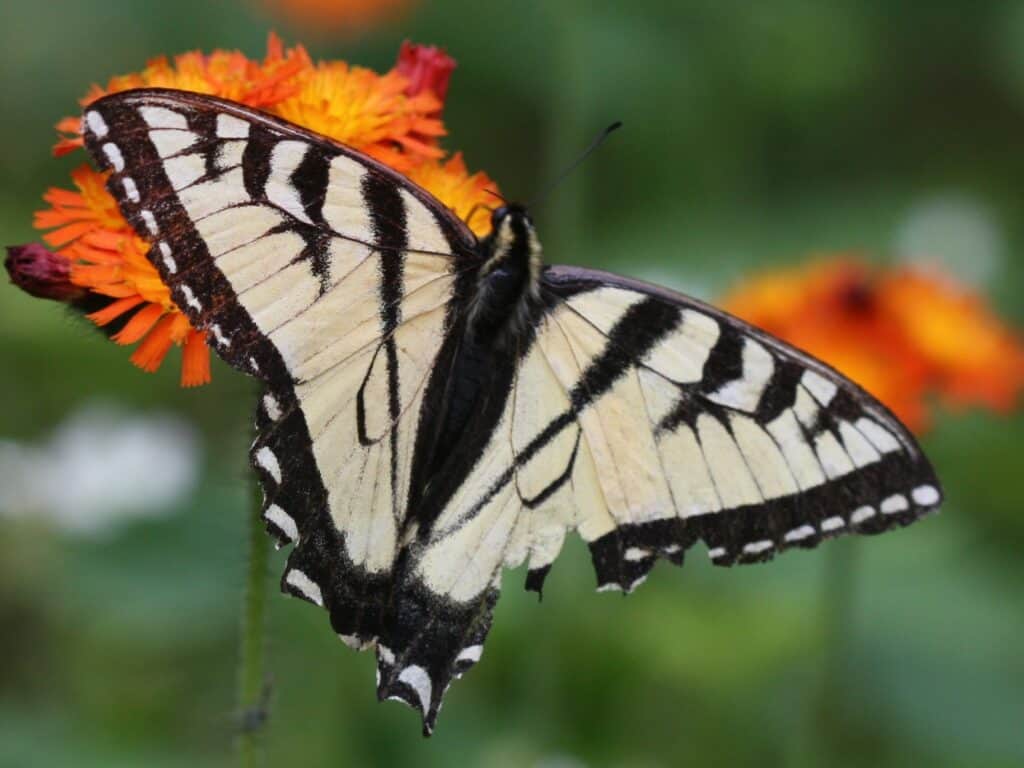
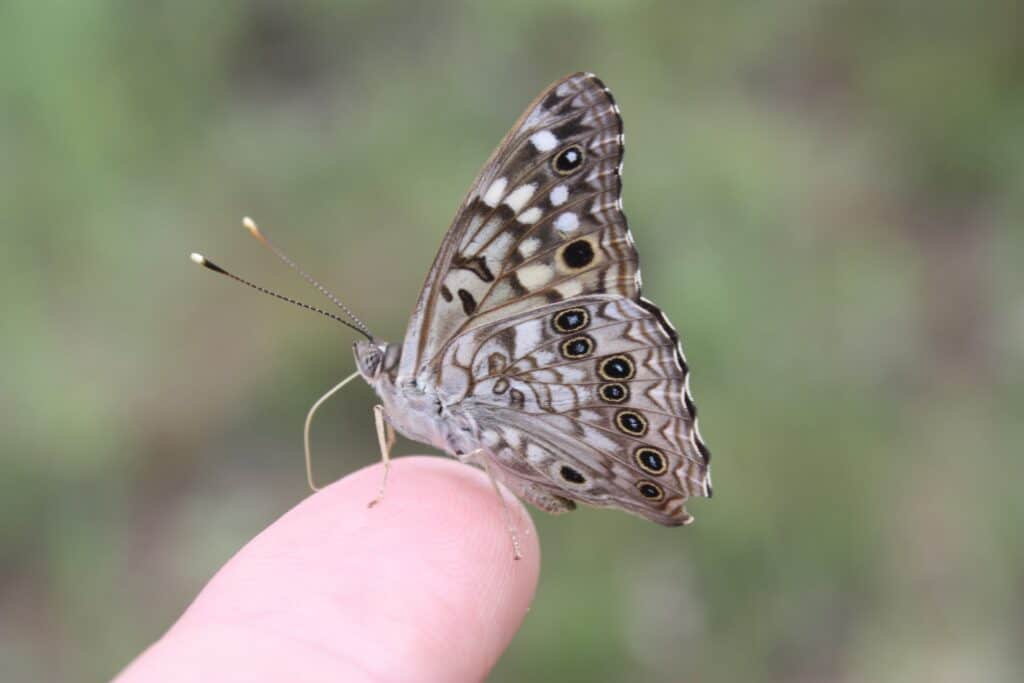
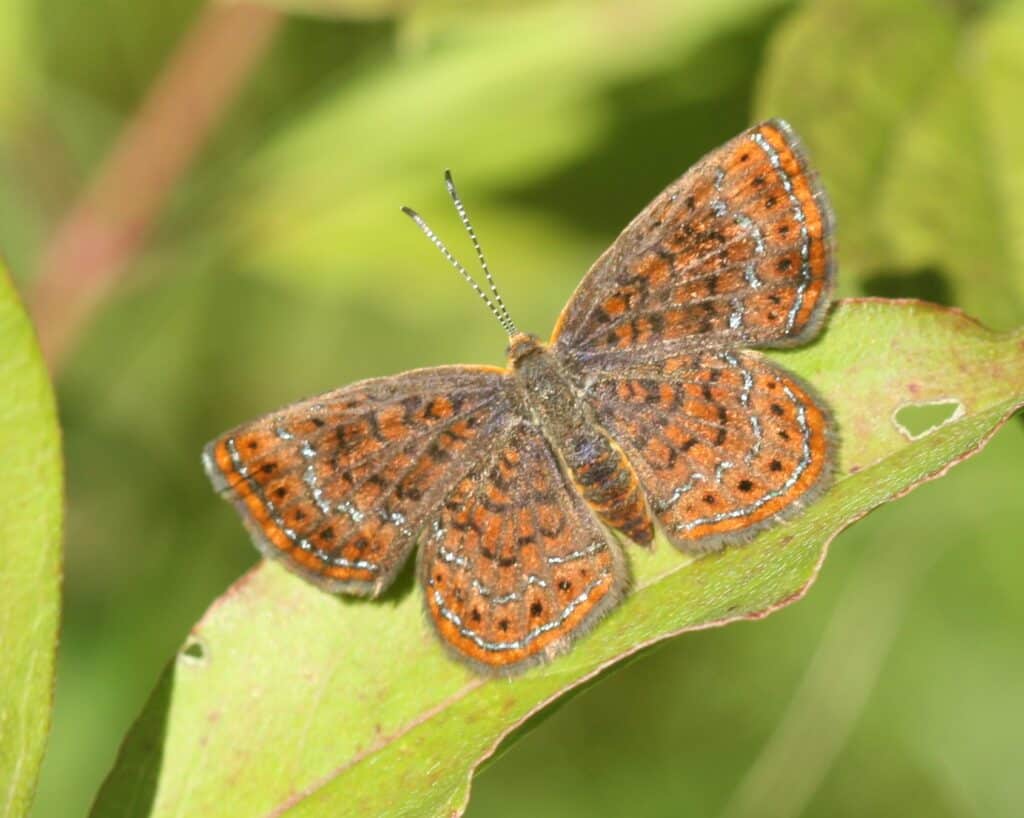
Tips for Watching Butterflies
Butterflies can be found in many places, including your own backyard, especially if you practice butterfly gardening. City and county parks, and state parks and forests, state wildlife areas, arboretums, state natural areas, The Prairie Enthusiasts’ properties, Madison Audubon Society sanctuaries, and The Nature Conservancy properties are great places to start. Join SWBA on a field trip to explore new territories.
• Close-focusing binoculars are very helpful for identifying butterflies and enjoying them more by bringing small details to life. Pentax’s Papilio close-focusing binoculars are recommended by SWBA for butterfly watching.
• Field guides and Wisconsin Indexes. Probably the best overall guide for our area is Jeffrey Glassberg’s Butterflies through Binoculars, The East. Also excellent are Butterflies of North America by Kenn Kaufman and Jim Brock and Jeffrey Glassberg’s field guide, A Swift Guide to Butterflies of North America, 2nd Edition (2017). Be sure to download free indexes developed by SWBA president Karl Legler: Quick Index to Glassberg’s Butterflies through Binoculars, Quick Index to Kaufman, Quick Index to Swift 1st Edition, and Quick Index to Swift 2017 2nd Edition, that list page numbers for Wisconsin species found in each book. Just tape in your field guide(s).
• Digital Camera. If you can’t identify a butterfly, or just want to capture its portrait, a digital camera can be a great addition to your butterfly watching toolkit.
• Getting closer. Try to move slowly and gracefully when you approach a butterfly so you don’t startle it.
• Timing. Visit areas at different times of the season, as butterflies species emerge at different times. Just one week can make a big difference.
• Look for nectar flowers such as butterflyweed and bee balm as butterflies will congregate here. Edges of shallow puddles or moist dirt on backroads and trails are great places to find puddling butterflies. Animal scat, rotting fruit, and tree sap are also popular sources of nutrients for butterflies.
• Weather/Attire. Butterflies are easiest to find on warm, calm sunny days. You need not get up at 5 a.m. to butterfly. But you will want to bring plenty of water, sun protection, and sturdy shoes.
• Sharing your findings/Help with ID. Wisconsin Butterflies is the website where butterfly watchers can share their sightings, post photos, get help with identification, find an online field guide, and find out what butterflies are being found in other parts of the state.
Hotspots!–Guides to Finding Butterflies in Wisconsin
The following guides to finding lepidoptera in rich butterfly areas in Wisconsin were developed by Ann Swengel, noted lepidopterist. All guides include best times to visit, habitat requirements, tips for searching, identification clues, maps, and more.
• The Delightful Diversity of Butterflies at Crex Meadows by Ann Swengel (download pdf file) The northwest corner of Wisconsin holds several surprises: Mottled Duskywing, Leadplant Moth, Purplish Copper, Karner Blue, Western Tailed-Blue, and much more.
• The Bountiful Butterflies and Birds of Buena Vista Grasslands by Ann Swengel (download pdf file) Don’t miss this exciting grassland in central Wisconsin, where you can find Regal Fritillary, Gray Copper, Karner Blue, Leonard’s Skipper, and several rare species of grassland birds.
• The Beguiling Butterflies of the Jackson County Pine-Oak Barrens by Ann Swengel (download pdf file) The many special lepidoptera of the central Wisconsin pine-oak barrens are definitely worth a road trip. Learn where to find such elusive species as Frosted Elfin, ‘Karner’ Melissa Blue, Phlox Moth, Olympia Marble, Gorgone Checkerspot, Persisus Duskywing, Cobweb Skipper, Leonard’s Skipper, and Dusted Skipper. The data and observations in this article are based on more than 20 years of surveys. This detailed guide is almost like having Ann and Scott Swengel with you in the field!
• Update on Finding Frosted Elfins in Jackson County, Wisconsin by Ann Swengel (download pdf file) This three-page guide is an update to Ann’s article on the butterflies of Pine-Oak Barrens in Jackson County. Since that article, an underground gas pipeline was layed through prime Frosted Elfin habitat. The Frosted Elfin is a Threatened species. Fortunately, the DNR implemented many measures to mitigate the effects of the pipeline. Ann discusses how this has worked out for Frosted Elfins. What locations no longer have Frosted Elfins and what new locations now have them? This guide provides detailed information on where to look for Frosted Elfins, based on years of surveys by Ann and Scott Swengel.
• The Fascinating Butterflies of Northwestern Wisconsin Bogs by Ann Swengel (download pdf file) Wisconsin bogs are one of the most accessible places in North America to explore peatland butterflies. Find out where to find such rarities as Bog Coppers; Dorcas Coppers; Freija, Frigga, and Purplish fritillaries; Jutta Arctic; and Red-Disked Alpines, plus many other butterflies. You will also learn the difference between a “cowabunga” bog and a “heart-attack” bog!
• NEW: Butterflies to Log, in and near Northern Wisconsin’s Bogs by Ann Swengel (download pdf file) This 2019 guide supplements the above Bog guide to Northwestern Wisconsin (2009). Not only do you get to visit a habitat less affected by modern civilization, but you are also treated to the amazing story of plants and animals left behind as the glaciation of the last Ice Age retreated northward. “Here I’d like to specify some bogs to visit in other parts of northern Wisconsin, and add what I’ve learned about these species in the intervening years, with updated timing information.”
• NEW: A Most Surprising Wisconsin Butterfly Destination: Leola Marsh. by Ann Swengel (download pdf file) “I remain astonished that Leola is also an interesting destination for butterflies. It took me a long time to notice. We’d been visiting Leola for years because of the grassland birds. It was only by accident that we stumbled onto noticing Purplish Coppers here. This is the species of most note here.”
• NEW: Heavenly Finds atop Wisconsin Hogback Prairie by Ann Swengel (download pdf file) Hogback Prairie is a magnificent long ridge of native, never tilled tallgrass prairie. That type of habitat has been about 99% destroyed due to human development, with tremendous decline and loss of the butterflies and other species specialized to live there. “In our long-term monitoring of Regal Fritillaries in Wisconsin, Hogback has both the densest population and the best trend (wonderfully positive). Besides the breath-taking views, this ridge is also the best place I know of in Wisconsin to see hilltopping.”
Wisconsin Butterfly Counts–click to see map
| Count Name | County | # of Years | 2024 Tentative Date (or range of possible days) | Contact |
| Wazee or Bauer-Brockway, in May | Jackson | May 15 to 22 TBA | Mike Reese | |
| Scott Lake/Experimental Road 1st Count | Forest | Premier | June 20 | Douglas Buege |
| Mud Lake | Columbia | 35 | June 27 | Karl Legler |
| Madison | Dane | 33 | July 3 | Fred Dike |
| Northern Oconto County | Oconto | 10 | July 8 | Douglas Buege |
| Trempealeau | Trempealeau | 32 | July 12 | Mike Reese |
| Northern Kettle Moraine | Fond du Lac | 27 | July 16 | Mike Reese |
| Avoca, in August | Iowa/Grant/Richland | 18 | August 10 | Mike Reese |

The Badger ButterFlyer Newsletter
is emailed to subscribers monthly during the warmer times of year. The newsletter will keep you up-to-date on SWBA field trips, meetings, and other events, recent exciting butterfly sightings, and more.
To Subscribe, fill out this simple form:
Newsletter Archives
Butterfly Conservation Management in Midwestern Open Habitats
Ann Swengel, our resident butterfly expert, wrote these important pieces more than a decade ago. They can be downloaded by clicking on the link. Rumors of an eighth part have been heard on the wind.
Part 1: What am I writing about, and why?
Part 2: This science is controversial, isn’t it?
Part 3: How does habitat management affect butterflies?
Part 4: How do I recommend proceeding forward?
Part 6: Surveying and monitoring butterflies
Part 7: Plantings (habitat creation)
SWBA Video for the Month
Butterfly Anatomy 101
Wisconsin Butterfly Gardens
Send us your pictures of butterflies in your garden and we might post it here on the website. Mail images with your name, email, location to [email protected].
Ginny and Bill Nelson have their fabulous Middleton yard appear in National Geographic.
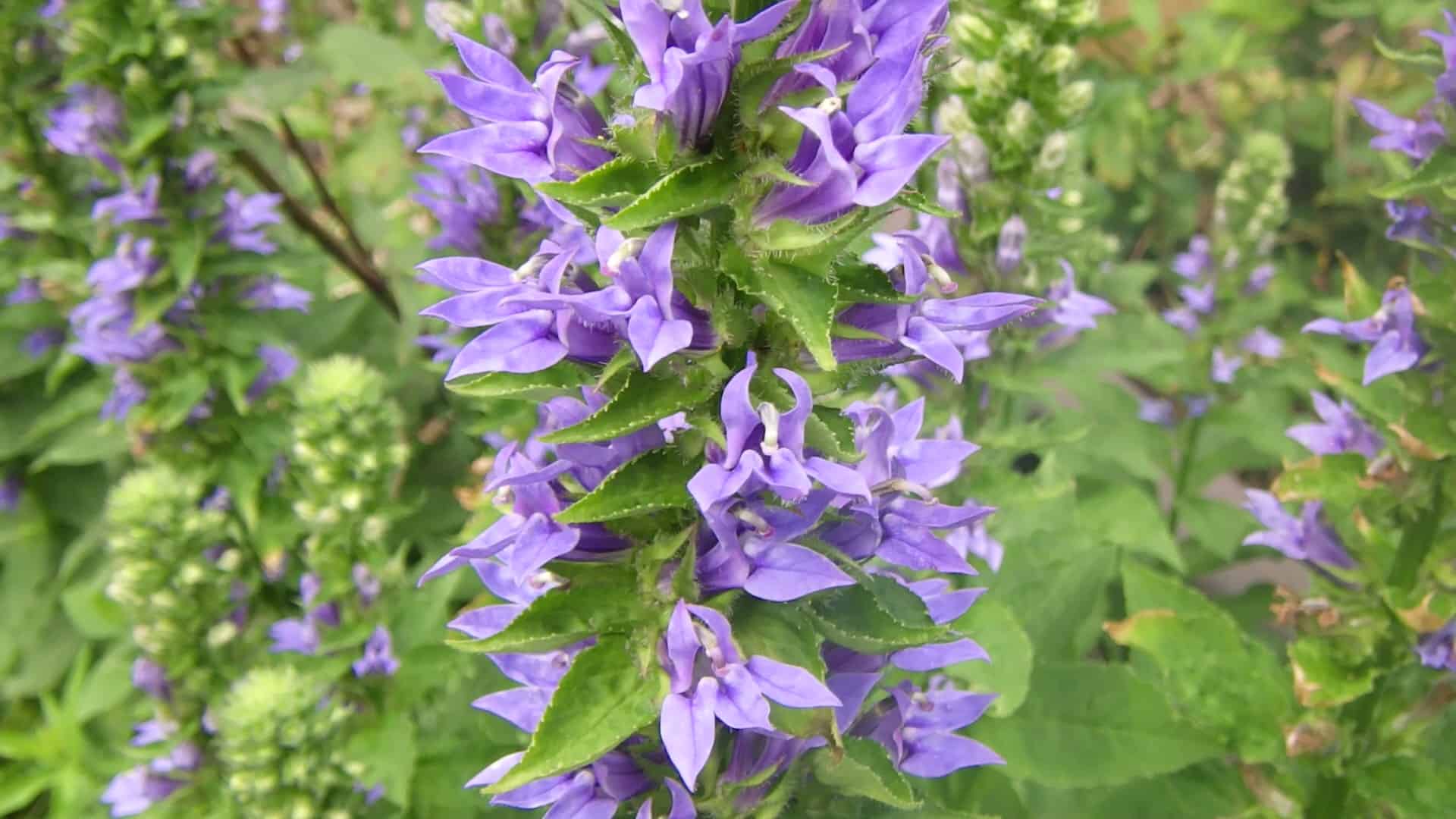
All content Copyright 2008-2024. Southern Wisconsin Butterfly Association; all rights reserved. Note that all images on this web site are copyrighted and cannot be used in any way without permission of the photographer.DS2024
